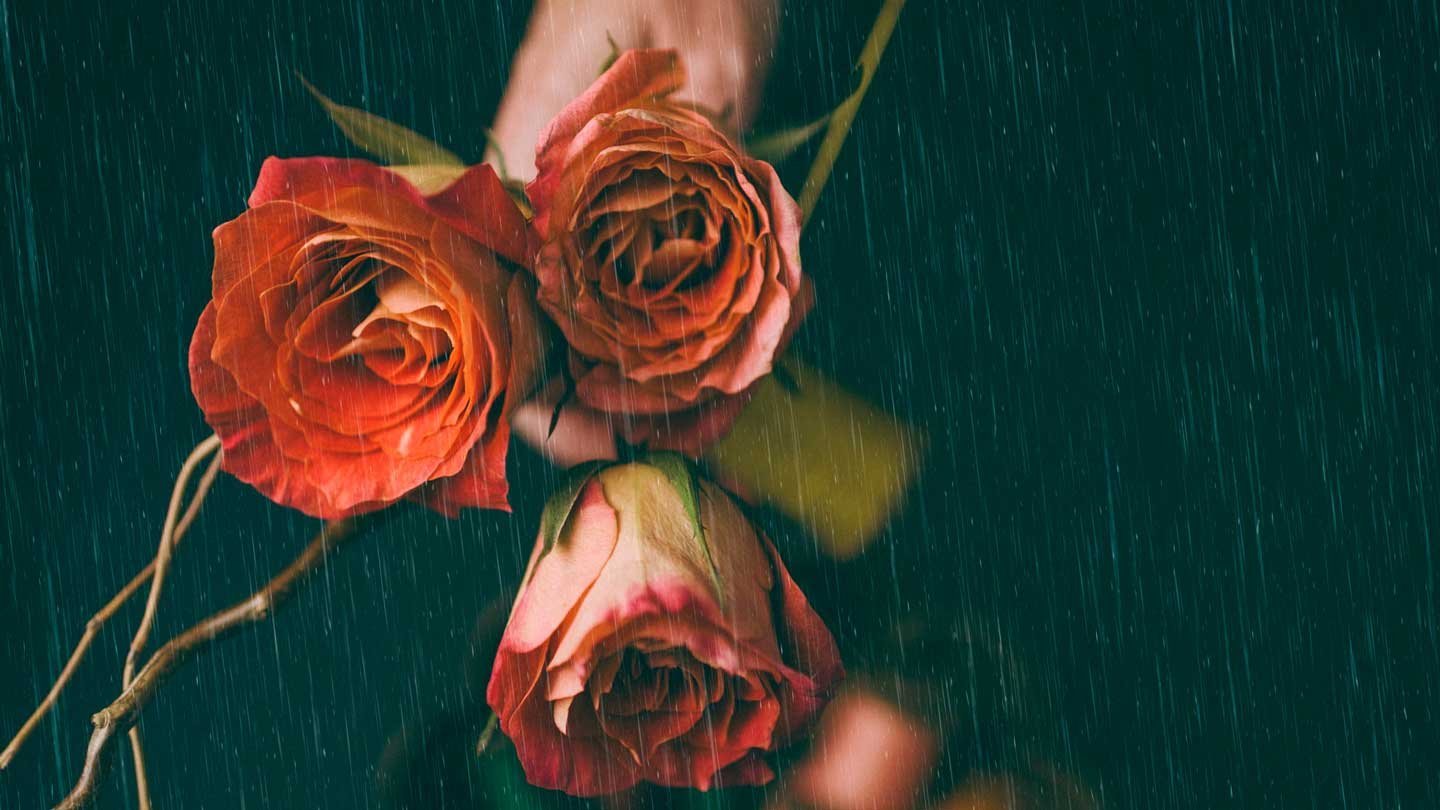The language of flowers has spoken across societies, quietly conveying feelings. Today, we dig into the complex universe of floral symbolism, zeroing in on the frequently neglected subject of sadness in blooms.
Unwinding the language of distress in flowers adds profundity to our understanding of human feelings. As we investigate different flowers related with sadness, we open a nuanced expression that rises above etymological hindrances.
Therefore, continue reading and learning more about flower of sadness.
Historical Perspective On Floral Symbolism
Floral symbolism, implanted in social history, imparts feelings beyond communication in language. Flowers, developing as couriers, epitomize the steadily adjusting points of view on feelings over the course of time.
Across societies, various implications have been credited to flowers, making a rich embroidery of close-to-home expression. The language of flowers, an immortal type of correspondence, reflects cultural moves and epitomizes the quintessence of human association.
The Flower Of Sadness: Identification And Characteristics
Distinguishing flowers connected to sadness includes knowing visual and olfactory prompts novel to each blossom. These qualities add to the complicated language of distress, winding around a representative embroidery that rises above expressed words.
Social and verifiable impacts complicatedly shape the elements of sadness blooms, making a nuanced expression of feelings. Digging into the multifaceted subtleties of each blossom uncovers a quiet language that says a lot about the human experience.
Cultural Variations In The Language Of Sadness Blooms
Social understandings of sadness blooms exhibit assorted human expressions across the globe. Diverse practices uncover one of a kind ways to deal with floral symbolism, each adding to a widespread language.
Concentrating on these social subtleties gives understanding into shared profound encounters, rising above geological limits. Social variety revives the widespread language of flowers, advancing our understanding of human feelings.
The many-sided dance of social translations reveals the significant associations among nature and human expression.
Emotional Healing: The Therapeutic Role Of Sadness Blooms
Flowers that mean sorrow assume an imperative part in restorative settings, impacting profound prosperity emphatically. Understanding the mental effect of these flowers considers purposeful use in recuperating rehearses.
True contextual analyses feature the restorative advantages of integrating sadness blooms into gardens and remedial spaces. The tangible experience of these blooms cultivates profound flexibility, offering comfort and recuperating.
Coordinating sadness blooms into restorative landscapes makes spaces that resound with the human mind, advancing close to home prosperity.
Gardening With Emotional Intention: Cultivating Sadness Blooms
Viable ways to coordinate sadness blooms into gardens cultivate purposeful profound landscapes. Adjusting different feelings through smart flower choice changes a garden into a living, emotive material.
Developing sadness blooms enables gardeners to organize spaces that inspire a scope of feelings. Each sprout turns into a brushstroke in the close to home range of a garden, making an amicable embroidery of sentiments.
Beyond Sadness: Interpreting Mixed Floral Arrangements
Blended floral game plans give a material to communicating complex feelings. Joining blooms takes into consideration unpredictable profound narrating, embracing the magnificence of close to home variety.
Creating flower bundles with purposefulness welcomes individual expression and profound investigation. In these game plans, an orchestra of sentiments unfurls, making a visual verse that reverberates profoundly.
Poetry In Flower Arrangements
Beyond individual blooms, making game plans divulges nuanced profound landscapes. Every petal adds to a visual sonnet, epitomizing a variety of opinions.
Creativity lies in winding around together differentiating flowers, permitting close to home reverberation to blossom. Investigating the elements between various blooms reflects the intricacy of human feelings.
In organizing blooms, we make a close to home story, a residing demonstration of the verse covered inside the petals. In the domain of flower plans, we find a smooth expression of the human spirit, each petal in turn.
Conclusion
Investigating the language of sadness in blooms uncovers a quiet, powerful method for expression. This excursion into the close to home profundities of floral symbolism improves our association with nature and individual creatures.
By embracing the intricacy of feelings through flowers, we improve our lives with an energetic embroidery of implicit opinions. Each blossom turns into a brushstroke on the material of life, painting a story of human experience.
Understanding the language of sadness in flowers welcomes us to participate in a significant discussion with nature, where feelings blossom and associate us in manners words can’t.










